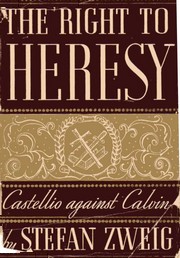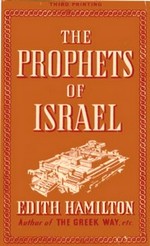Church, prayer, going to Sunday services and weekday evening meetings remains the center of life for some families and communities. One hundred years ago, they were the frameworks of the rituals and values of many English people, particularly those of the class of shopkeepers and lesser professions. Each denomination and sect identified itself through its practices and principles.
As Peter Fletcher shows in his memoir, The Long Sunday, the Wesleyan Chapel in their East Coast seaside town was the center of his family’s lives, the measure by which they judged themselves and their neighbors. His parents’ commitment to faithful attendance, service in countless supporting chores, and application of the church’s strictures to control their children and condemn their neighbors was the one point on which they could agree. They were united in their ability to place their brethren in precise order of damnation or salvation. They knew “who was making eyes at whom, who was being married, who was expected to die, who was prosperous, who was running for bankruptcy, who was suspected of secret drinking, card-playing and other vices.”
This was even easier when it came to other Christian churches. “I could have prepared a seating-plan of Heaven — this is where my concentric circles first come in — showing exactly where the members of the several denominations, from Salvationists to Roman Catholics, would find themselves in relation to the Great White Throne.” “Without the slightest hesitation I could have decided to whom to distribute harps and haloes, and who would be fortunate to secure ‘standing room only’ on the edge of the outer darkness.”
In all other matters, Peter realized as he grew, their primary function was to serve the other as “a catalyst precipitating resentment.” His father was to blame for all his mother’s disappointments, and vice-versa. “The one thing they had in common was their religion.” They projected their expectations onto their children, and in his zealous quest to please them by achieving all possible prizes for service, rote learning, and generally pious demeanor, Peter acknowledges that “By the time I had reached the age of fourteen I was an unsufferably self-righteous little prig.”
At that point, however, his attitude began to change, and it was primarily due to his own quiet, careful observation of the adults in the congregation. He began to notice the discrepancies between what people did and said in church and what they did after. “For reasons best known to themselves the adults were by common consent playing, and thoroughly enjoying, a highly dramatic game of ‘let’s pretend.'”
That didn’t prevent him, though, from throwing himself headlong into throng when an Evangelistic Campaign pitched its tent in town. “I was one of those into whose hands this great enterprise had been committed. I was on the inside, looking out.” He goes to all the meetings, and vies with the best of them when it came to profess his sins and ask for redemption: “the longer one person went on the longer would the others be likely to go on when their turn came. So once a prayer meeting got under way there was no telling when it would stop.”
Growing up in an environment go strenuously concerned with following the straight and narrow path did mean that certain aspects of Peter’s upbringing were neglected. Here, for example, is the sum of his father’s attempt to explain the facts of life:
“That’s a tom-cat, but it has been cut.”
“I didn’t notice anything wrong with it.”
“Of course you didn’t. I said it’s been cut.”
His tone of voice indicated that the word, ‘cut,” had some special significance, but I hadn’t the remotest idea what it was; so after a pause, I said, Oh, has it?”
My father asked:
“You know what I mean, don’t you?”
I answered, “No.”
“Well, if you don’t know what I mean, I can’t tell you!” My father replied, and relapsed into morose silence. And that was the beginning and the end of all the parental instruction I ever received into the mysteries of procreation.
It is only when Peter enlists in the Royal Ordinance Corps several months after the start of the war in 1914 that he is able to step free of the pressure to “play along” with the rituals of his family and the church. Being treated as an anonymous and presumably incompetent recruit comes as something of a relief. And when a big, coarse, hard-drinking Welshman in his unit shows some kindness to him after Peter passes out on the parade ground, he realizes that the man is treating him in a more truly Christian manner than anything he had experienced in nearly twenty years’ daily life in the Wesleyan Church: “I have given up the religious which is nothing but the exception, extraction, exaltation, ecstasy, or it has given me up. I possess nothing but the everyday.”
The Long Sunday is a remarkable effort to understand a time, a place, and a way of making sense of the world that Fletcher himself has moved on from without ever giving the sense that he is trying to reject it or undermine it by revealing its flaws. Whatever flaws he can now recognize in his parents, their rituals and beliefs, and their efforts to pass them along to him, he is less interested in passing judgment than in achieving some perspective and balance in his understanding. And in that regard, The Long Sunday is a model of a clear-eyed but deeply sympathetic approach to revisiting one’s past.
Peter Fletcher went on to become a psychologist, working for many years in the London Clinic for Religious Psychology and writing a series of guides aimed at common readers such as Mastering Life, Mastering your nerves (1939), Emotional Conflict (1958), and Understanding Your Emotional Problems (1968).





